Although Deadpool might not be known as the mightiest superhero in the universe, He still has the classic superhero build. As such, Ryan Reynolds had to put on plenty of muscle in order to play the merc with a mouth. In fact, they say that he put on seven pounds of lean muscle for the first movie and even more for the second.
With this in mind, we are going to look at the workout routine that helped Ryan Reynolds to do this. Certainly, it is not easy to gain that much muscle in a relatively short time, so we can assume that his trainer got something right. Since you probably can’t afford to hire a fancy Hollywood trainer like Ryan Reynolds, you will need to settle for the next best thing, which is this article.
How Ryan Reynolds Got His Body Ready For Deadpool
With only a fairly short time to get Reynolds in fighting shape, trainer Don Saladino had to put him through the wringer. That’s kind of appropriate, considering that he was training to play a superhero that regularly endures horrific treatment. Of course, Reynolds doesn’t have a mutant healing ability, and so the workout couldn’t get too crazy.
Unlike many other superhero roles, the role of Deadpool was based on performance rather than appearance. Of course, they had to make sure that he would look good in the suit, but they mainly had to make sure that he looked good while doing the fight scenes. Reynolds did most of his stunts without a stand-in, so there was no room for Hollywood trickery in this department.
This workout uses a full-body circuit of exercises, which can be done as many times as you feel able. Without any further ado, let’s look at the workout itself.
Warm-Up Phase
This workout has a complex warm-up phase, which is necessary for those who are looking for peak performance. Also, “the Don” knew that Reynolds is not a young man anymore and requires a little more care to avoid injury.
90/90 Breathing
Put your back flat on the ground, and rest your legs on a box, bench, or chair. It doesn’t matter what you use as a prop, so long as your knees are bent at a 90-degree angle. Start taking deep breaths and mentally count the duration of your breaths in seconds. You should be inhaling for about four seconds and exhaling for about eight. Do this for three minutes to loosen up the ribcage and get the lungs working.
Foam Roller
There are many ways to warm up with a foam roller. If you haven’t heard of this, it’s just a padded tube that can be used as a method of self-massage. You just sit on the floor and place the roller underneath your body, moving back and forth so that you get a massaging action against your back, legs, or neck.
The “Cat-Cow” Stretch
This is a simple stretch that is derived from the art of Yoga, where it is called “Chakravakasana.” With a name like that, you can see why most people call it the “cat-cow” stretch. All you have to do for this exercise is to switch between two different positions. Start on all fours and arch your back down as you inhale. At that point, your back should form a “U” shape. As you exhale, arch your back up like an angry cat. Your head now looks down as your body raises.
Thoracic Rotations
This stretch is meant to improve the mobility of the thoracic spine and is quite easy. Just get down on all fours, and put one arm behind your back. The back of the palm should rest against your hip. Rotate your torso upward to one side, and then to the other. Do ten stretches on each side.
Kneeling Hip Circles
This is an excellent leg stretch that will help to increase your range of motion. Start on all fours and lift one knee. Bring it forward and to the outside in a circular fashion, kicking it back as the circle continues in that way. Repeat for ten circles and then do the other side.
Strength Training Phase
As we mentioned earlier, this routine is arranged in circuits. To perform one “circuit,” perform one set each of the following exercises. As we said earlier, you can do as many circuits as you feel able to do, but five is the recommended number. Make sure that you don’t take more than 30 seconds of rest between each set.
Set 1: Kettlebell Swings: Five Reps
The kettlebell swing is favored by Don Saladino because it is a full-body exercise. With one simple movement, you can train the entire posterior chain, which he says is the most important muscle group in the human body.
The execution of this exercise is very simple. Start in a semi-squat position with both hands on the kettlebell. Use as heavy a weight as you can control, but make sure that you always use proper form to avoid injury. Swing the weight up and forward, using the power of your lower body rather than your upper back. Let it swing back to a position between your legs and start again. One little thing here is to make sure that you don’t get the weight swinging too quickly, lest you lose control and accidentally hit yourself in a very sensitive area.
Set 2: Weighted Front Squats: Five Reps
This is a great exercise for working the quads and glutes. It is recommended to use a barbell, but most people seem to do this exercise with an unweighted bar. If you do choose to add weight to the bar, be careful and add a little at a time.
Front squats differ from traditional squats in one major way: You need to keep your back as straight as possible. With most squats, the body ends up in a crunched-up position at the lowest point. With the front squat, this should never be the case. In order to do this, you must take a slightly wider stance than normal, with your feet being spaced slightly wider than your hips.
You should make sure to hold the barbell in front of your neck rather than behind your head. This is also essential for the maintenance of a straight spine during a front squat. There are a couple of ways to grip the bar, but it doesn’t matter very much as to which one you choose. If the barbell squat is too hard for you, you can substitute dumbbells or kettlebells.
Set 3: Bench Presses: Five Reps
Bench presses are used to target the muscles of the shoulders, chest, and arms. They are one of the most well-known and time-honored methods to get pumped up in these areas. Although this exercise is most often done with a barbell, it can also be done with dumbbells or kettlebells.
Sit on the bench with your feet planted on either side. Lay back, and scoot your body forward or backward as needed, so that your face is more or less even with the front of the rack bars. Grasp the bar with an overhand grip, and your hands should be slightly more than shoulder-width apart.
Remove the barbell from the rack, and lock your arms in position to get your form right. Now lower the barbell straight down to the chest. The bar should be in a straight line across both pecs as it comes down. If you are new to this exercise, you might consider using a Smith machine to perfect the right angle. Inhale as you lower the bar, and exhale as you raise it back to the starting position.
Set 4: Pull-Ups: Five Reps
This exercise couldn’t be simpler: You just grab a bar and pull yourself upward. Of course, there are many variations on this basic exercise, but we will be focusing on the simple and basic version.
First, a word for those who cannot do a pull-up. The first thing you need to do is lose some weight. If you cannot lift your body weight, it means that you are either too weak or too heavy. Having done that, you can use these preliminary exercises to train yourself so that you can eventually do a real pull-up. Our favorite is the inverted bodyweight row because anyone can do it, and it makes great prep work for pull-ups.
When you are strong enough, approach the bar and grab it with both hands in an overhand grip. That means your palms will be facing away from your face. Your grip should be slightly wider than shoulder-width. This grip will put more of the stress on the large muscles of the upper back. If you use a narrow grip, most of the stress will be on your forearms and triceps. Make sure that you don’t use gravity to cheat, as the downward motion is just as important as the upward motion.
Set 5: Kettlebell Carries: 25 Yards
Kettlebell carries are one of Don Saladino’s secret weapons, as he considers them to be a good way of achieving maximal results with minimal effort. He uses many different variations of this exercise, constantly variating the routine so as to utilize many different muscle groups. Here is a shortlist of the variations that you might consider using:
- 1-Arm Suitcase Carry: Carry the kettlebell at your side as if it were a briefcase. Halfway through the walk, switch arms.
- 2-Arm Suitcase Carry: Same as the above, but with a kettlebell in each hand
- 1-Arm Rack Carry: Cock your arm upward, almost as if you were doing a bicep curl. The kettlebell hangs behind your hand, dangling to the outside.
- 1-Arm Waiter Carry: Hold one arm over your head like a waiter carrying a tray. The palm is upward, and the kettlebell hangs behind your head
- Bottom-Up Carry: Hold your arm in front of you, bent at a 45-degree angle pointing upwards. The kettlebell is held upside-down in your hand.
Of course, you don’t need to limit yourself to this list. Do a little research and you will find that there are many different ways to do this exercise.
Conditioning Phase
Having done your warm-up and your strength training, you will now need to do an active cool-down. This will take the form of a conditioning phase, with the idea of keeping your heart rate elevated even as your body gradually cools down to a normal resting state. To achieve this, we recommend five to ten minutes of the following (choose one):
- Treadmill running
- Stationary bike
- Elliptical trainer
- A light jog up and down the street
- Lunge-walking at a medium pace
Conclusion
In this article, we have chosen to focus less on the science behind the workout, and more on the technical details of the workout itself. We feel that the approach of this workout is so simple that it requires no serious research. After all, the defining principle of this workout is total-body fitness. When we look at this list of exercises, it reads like a list of all the best combination exercises.
Busy people don’t have time to do a hundred different combination exercises, so they can use this simple circuit training routine to hit all the important muscle groups in a time-efficient and effective way. You may have noticed that this workout doesn’t have any abdominal isolation exercises, and that is deliberate. Ryan Reynolds says that he used those exercises a lot in his younger days, but has now found that compound exercises are a more efficient way to achieve the same result. If today’s article has helped you to create a more efficient workout, we hope that you will show your gratitude by following us on Facebook using the link below.







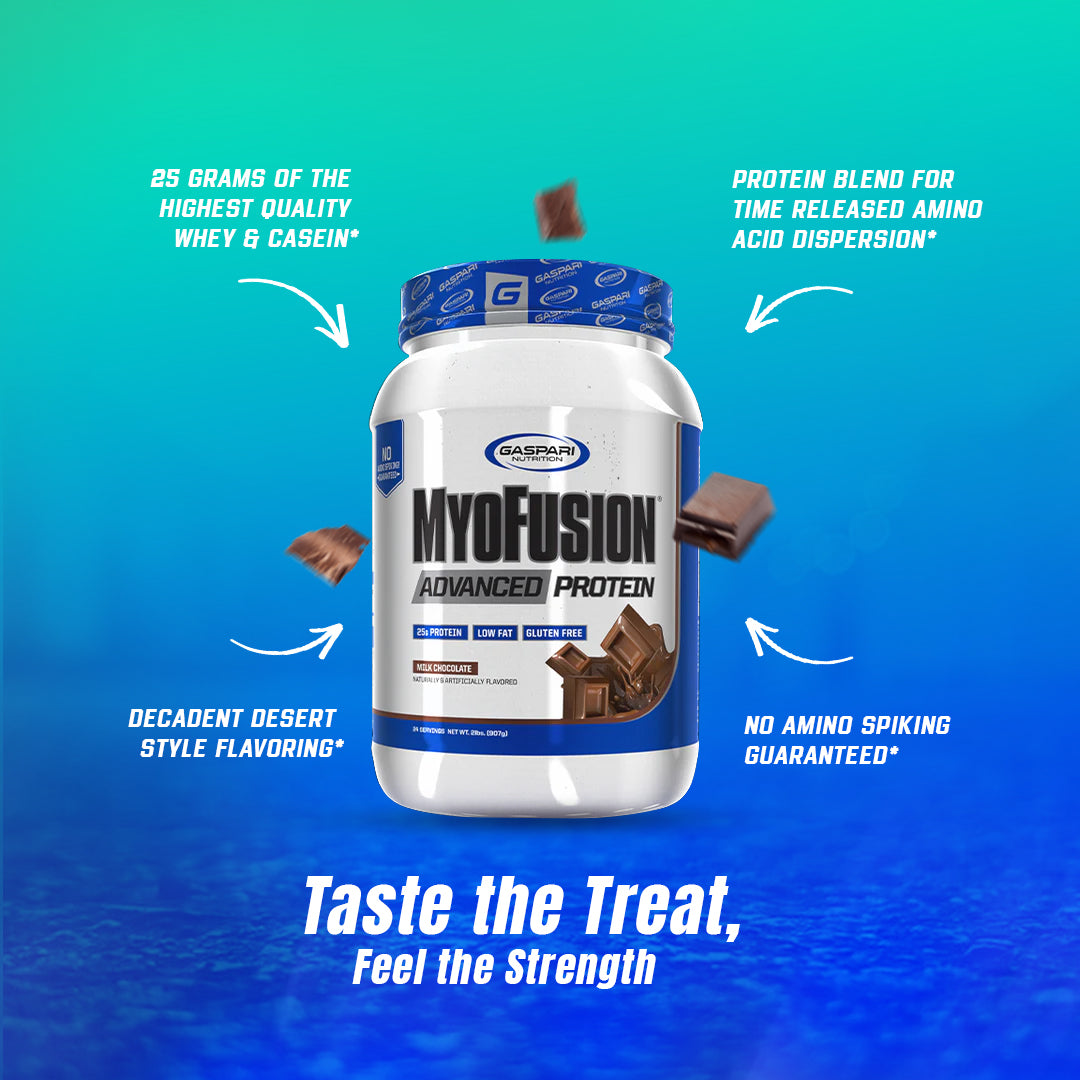

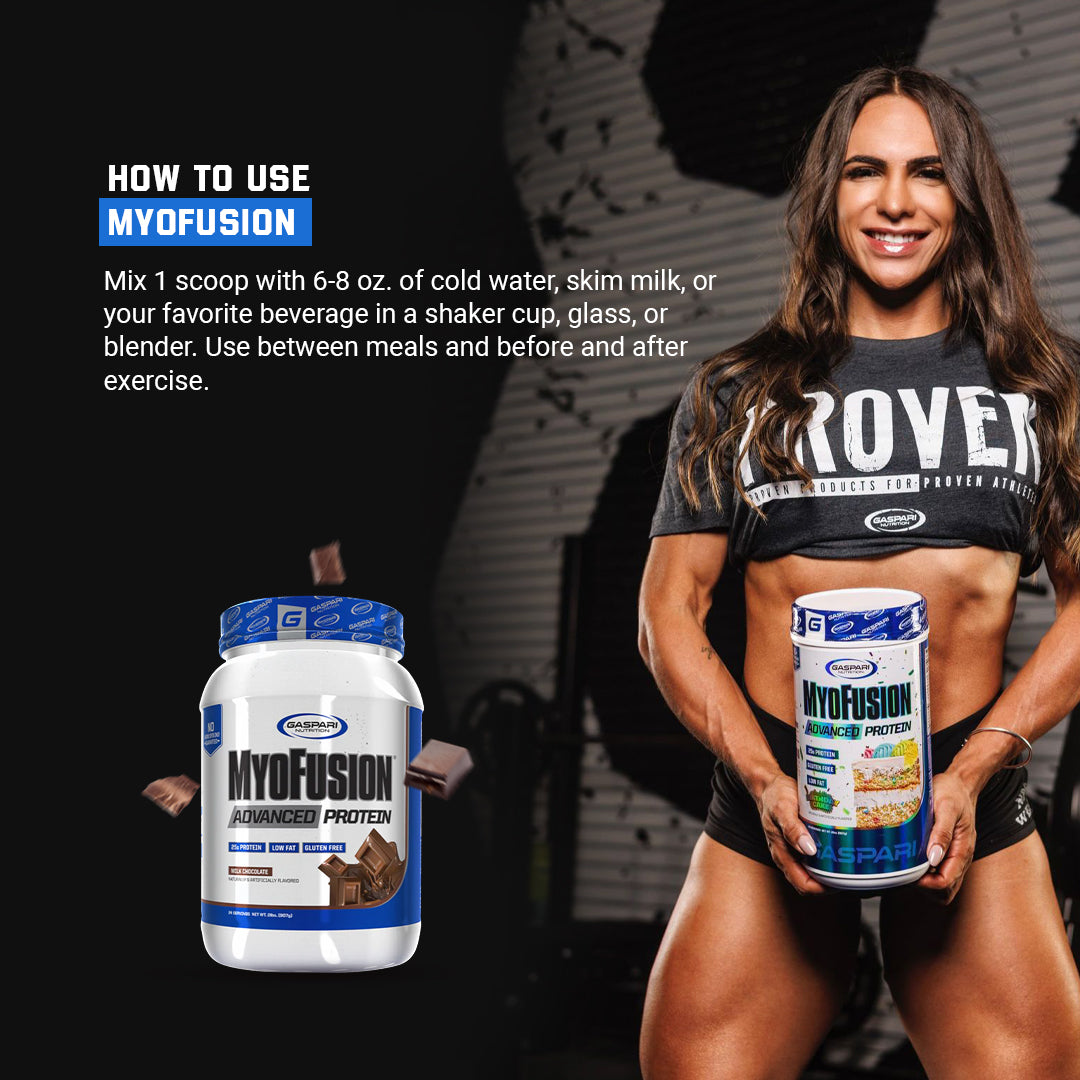
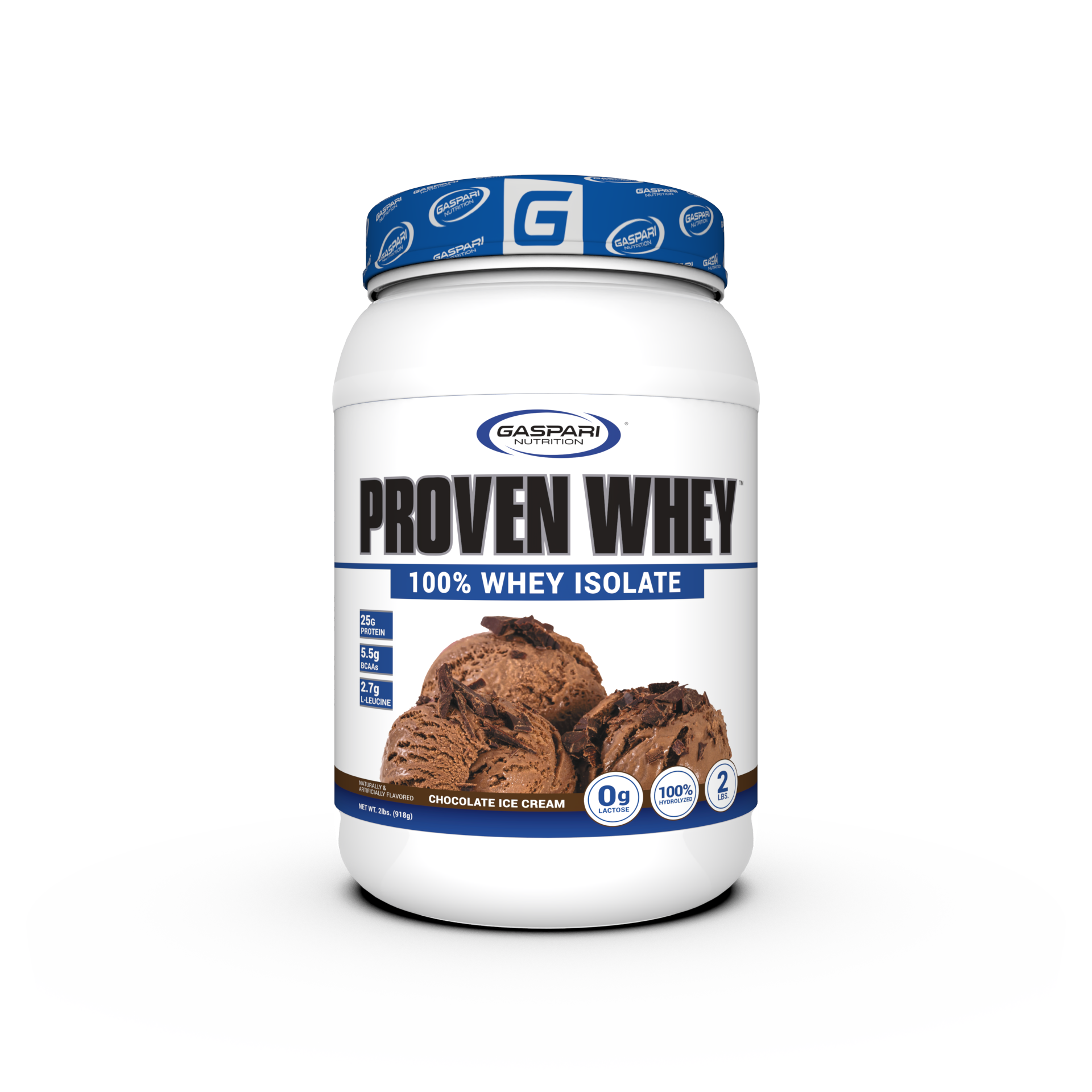


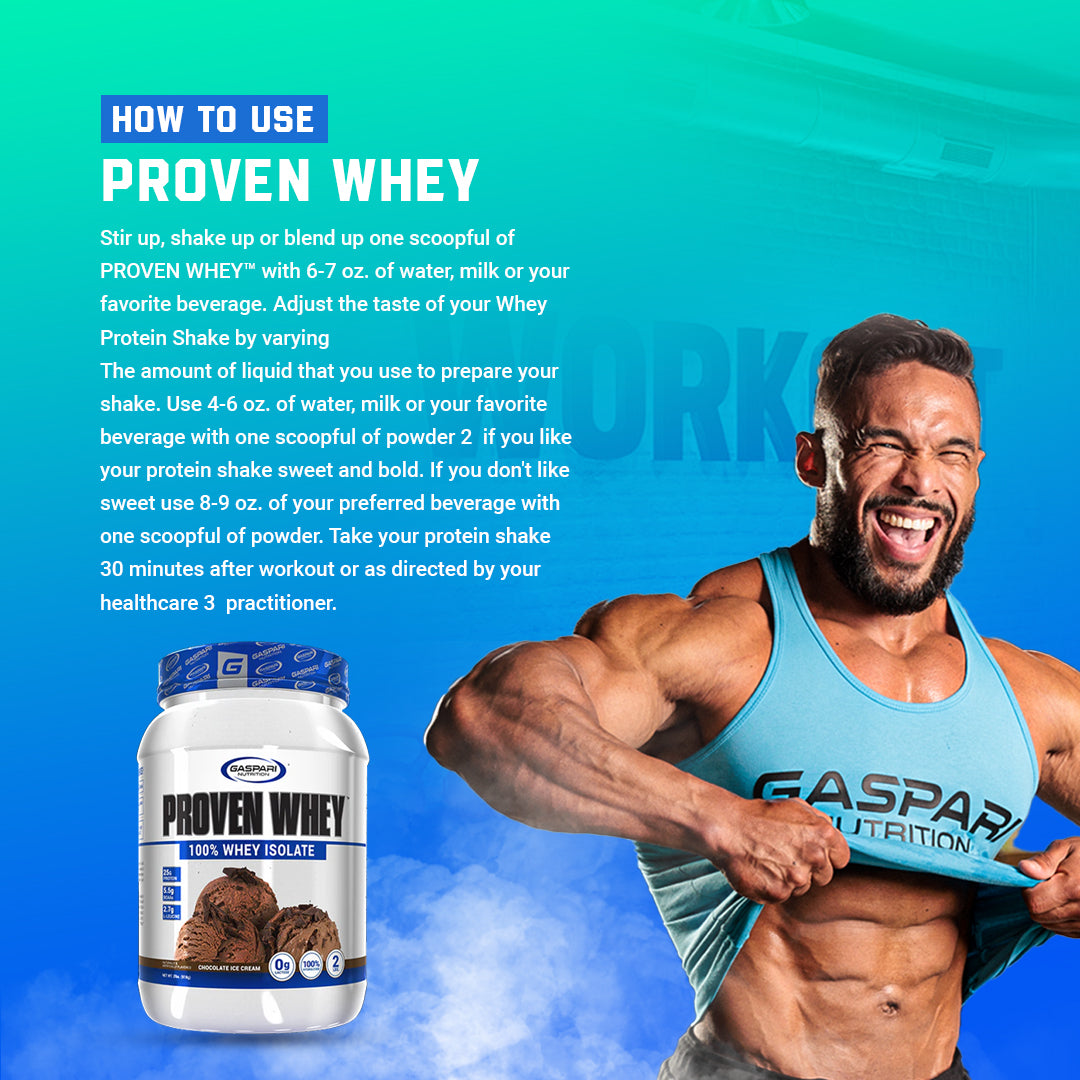

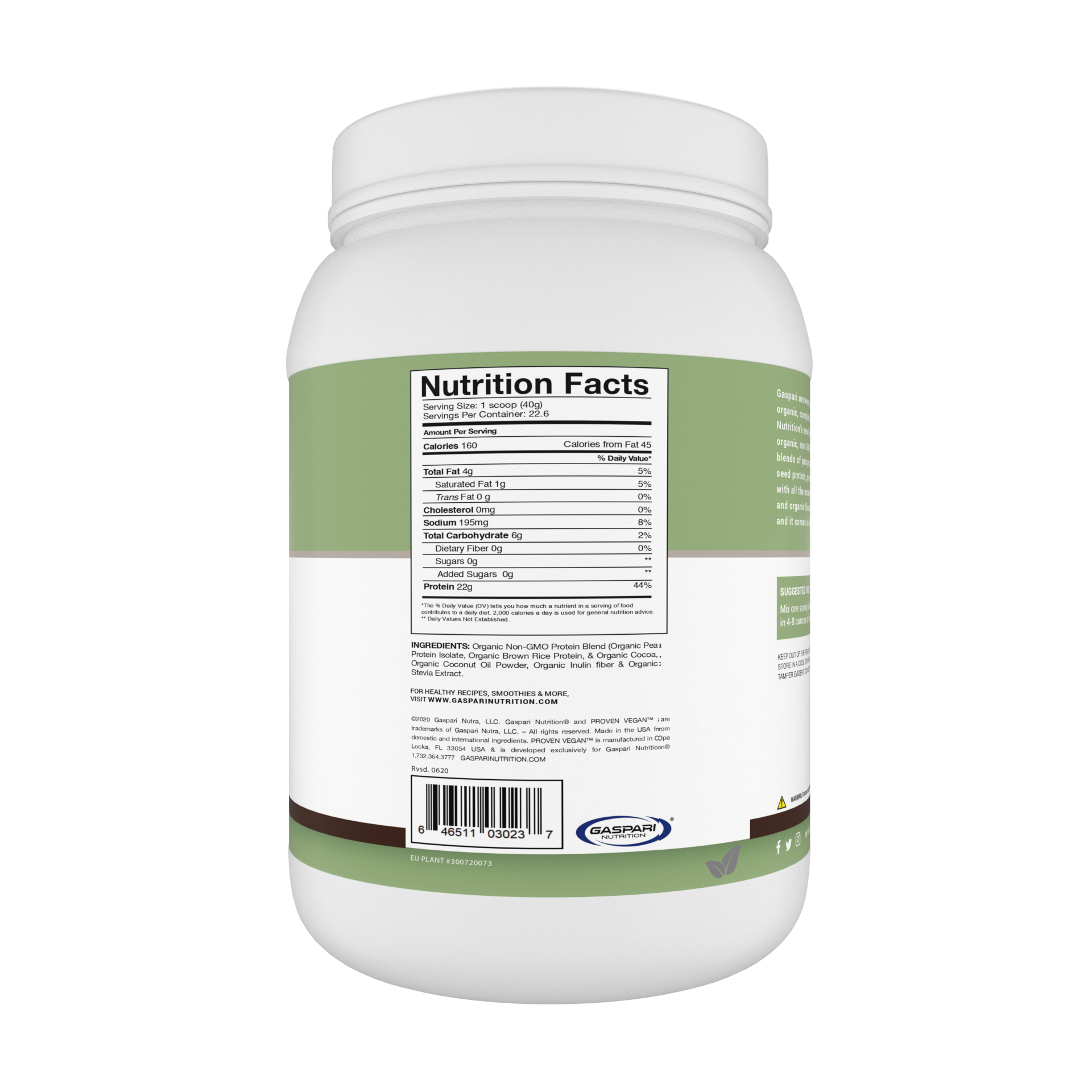





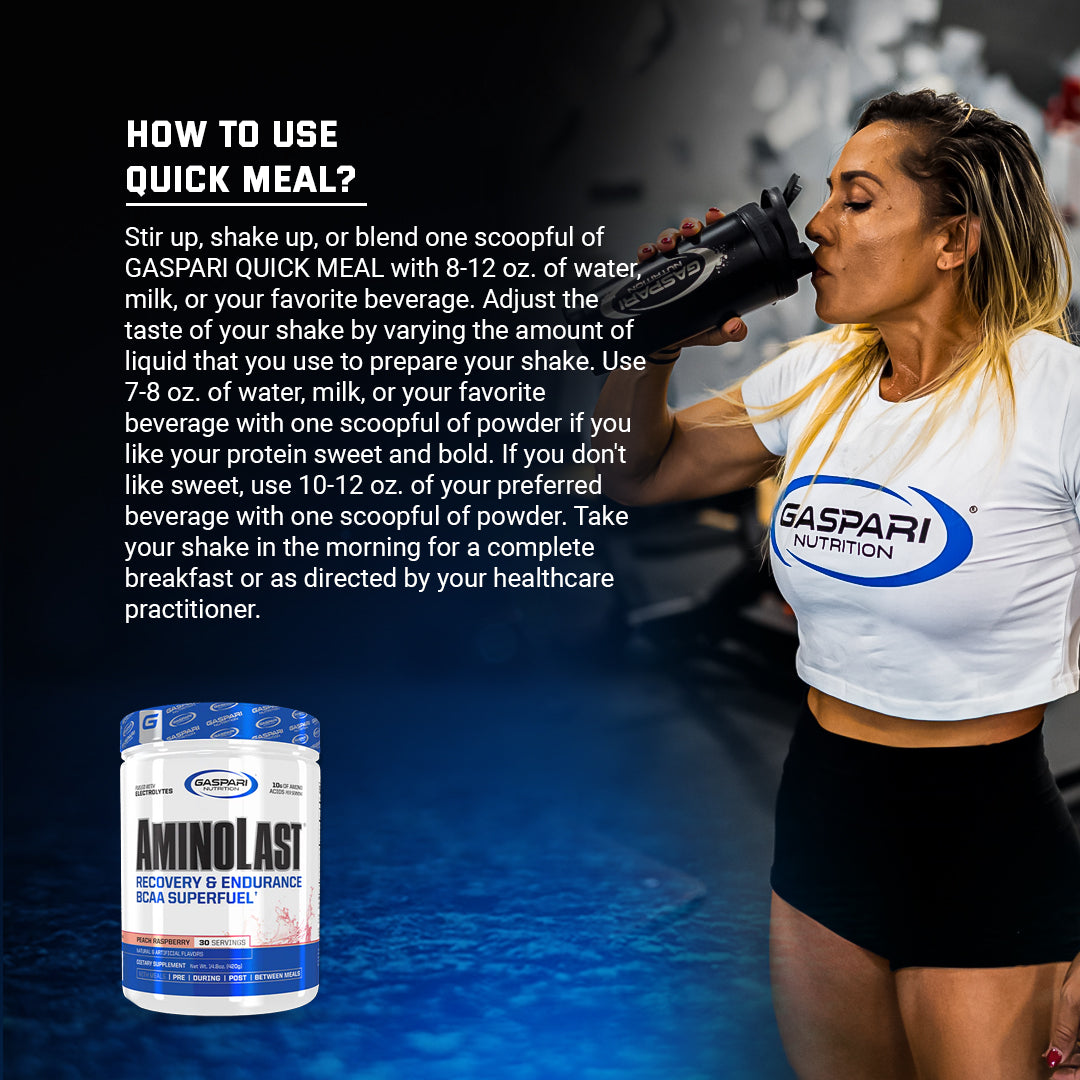
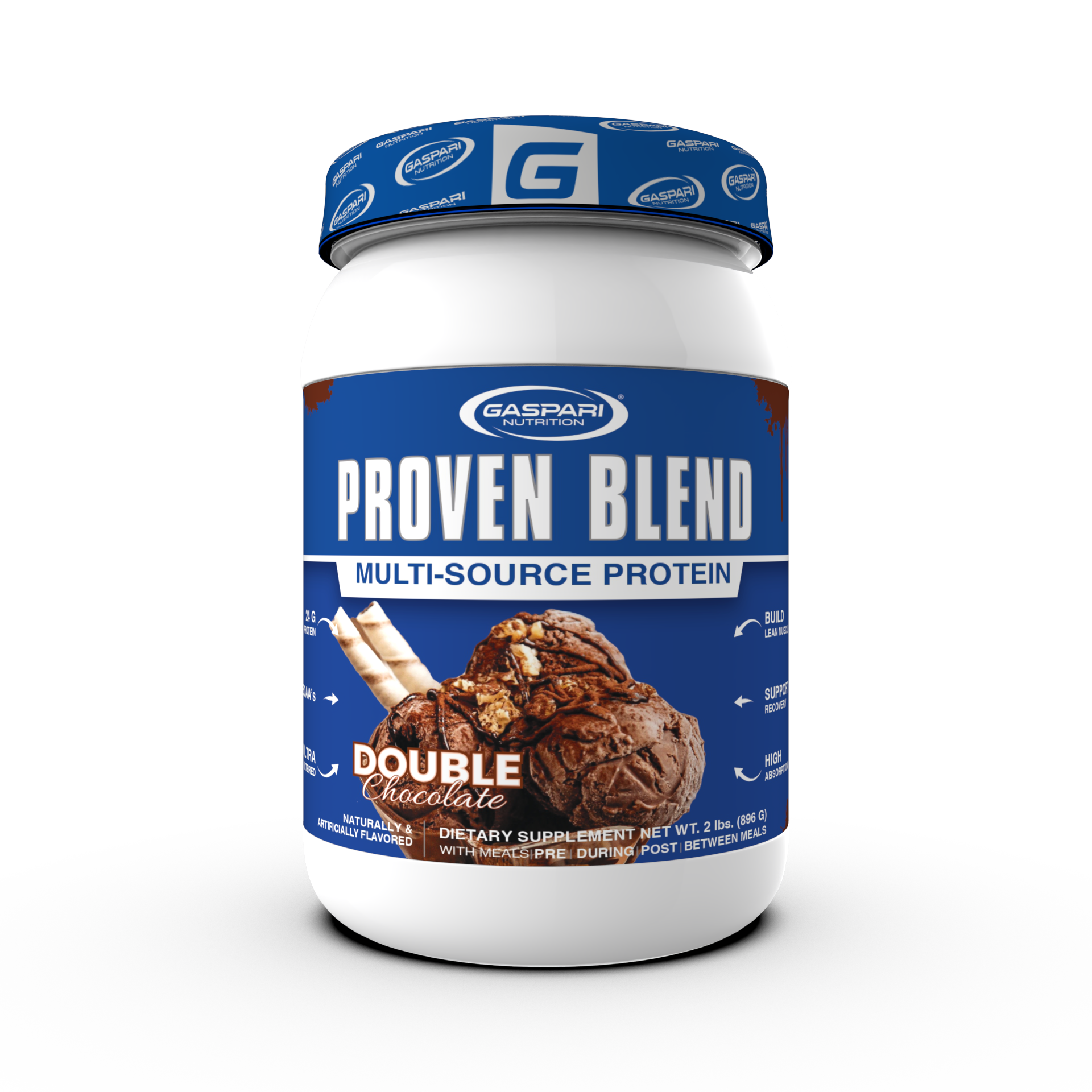
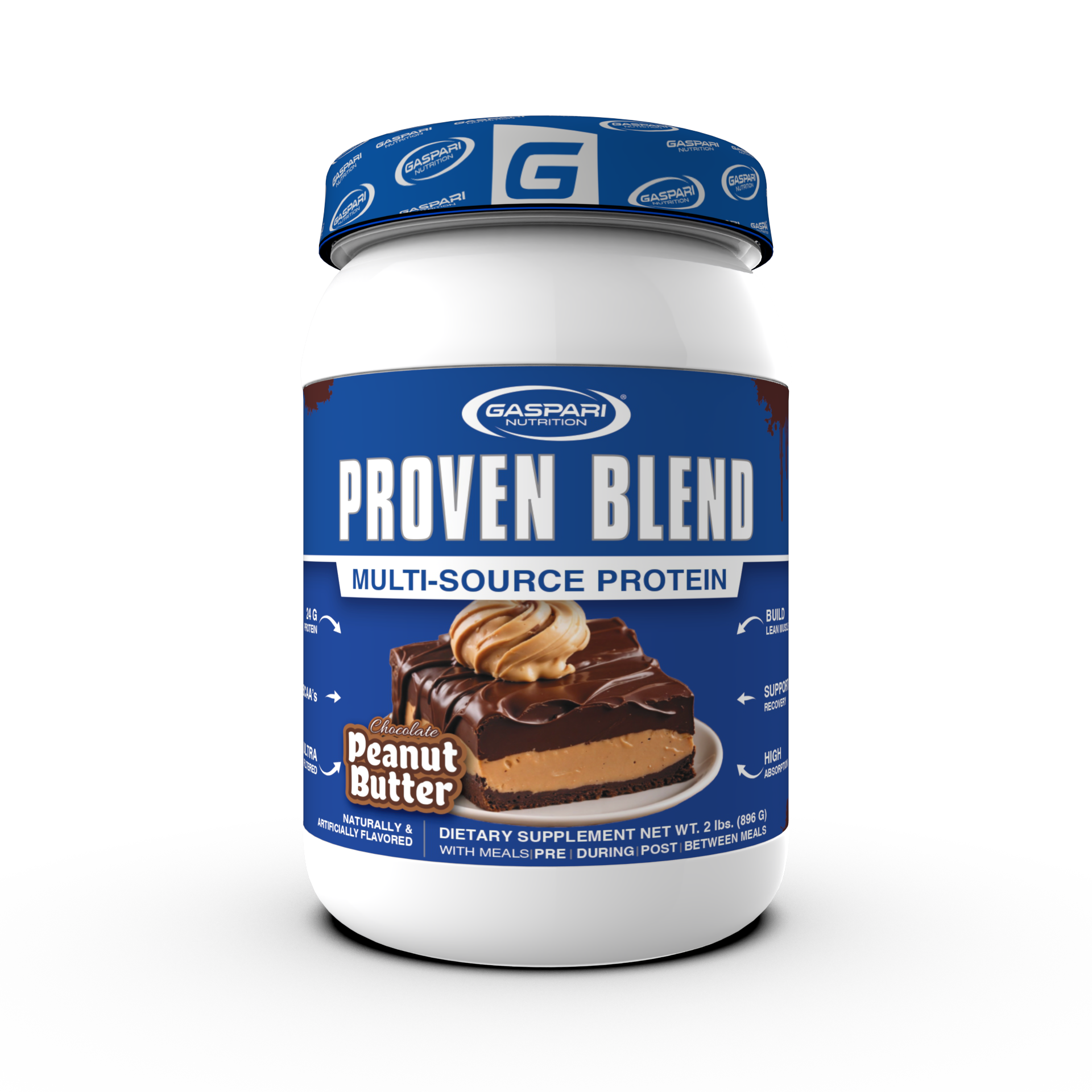


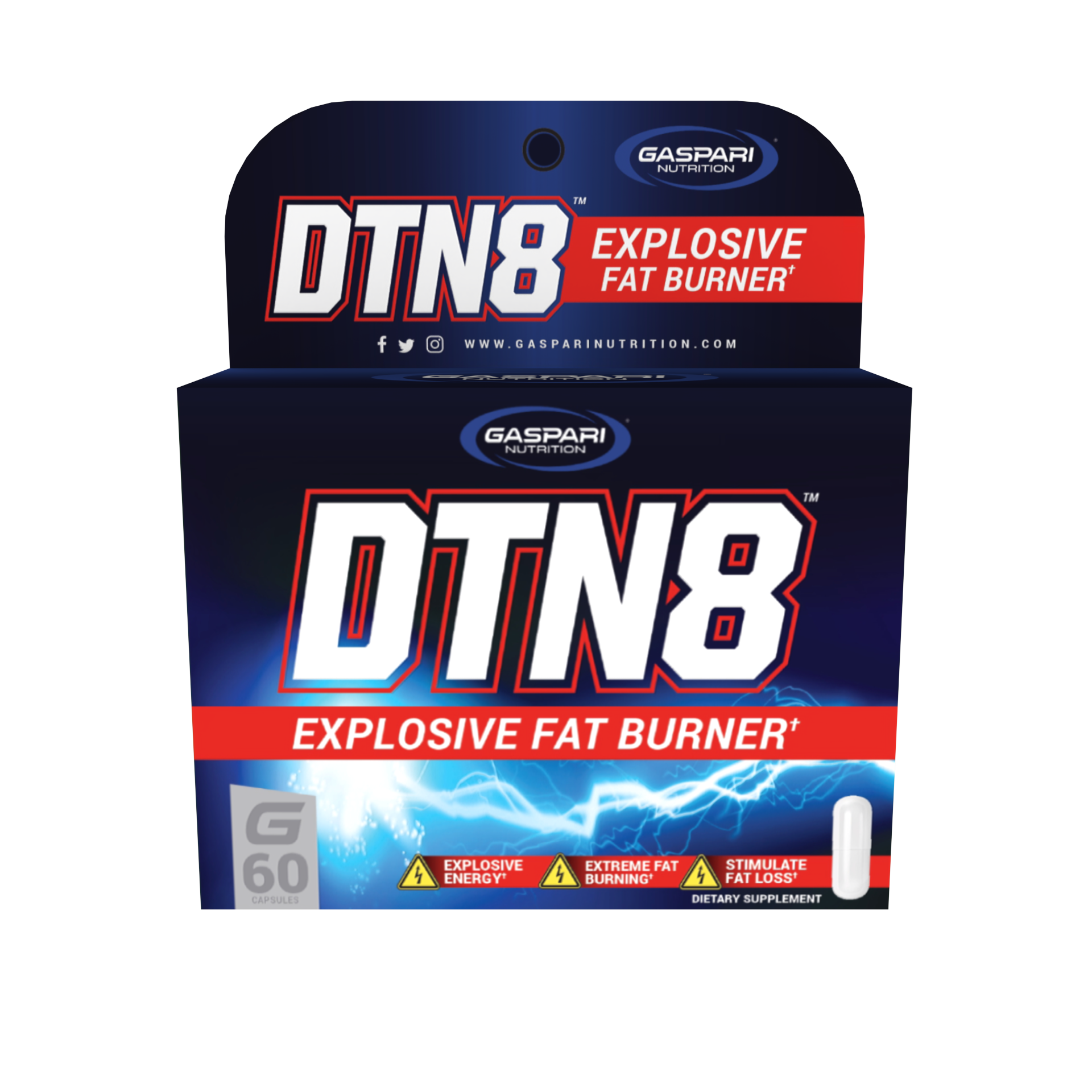



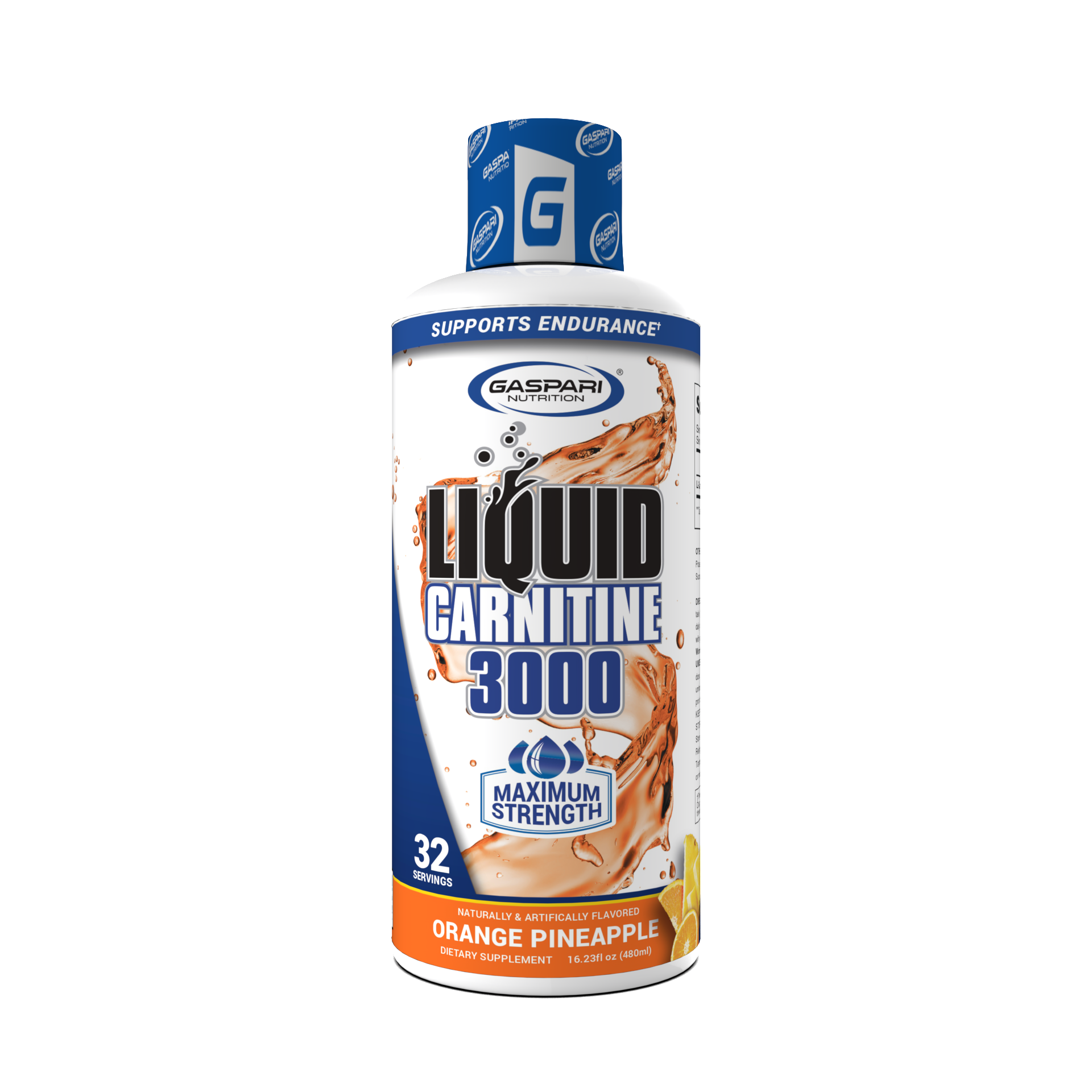


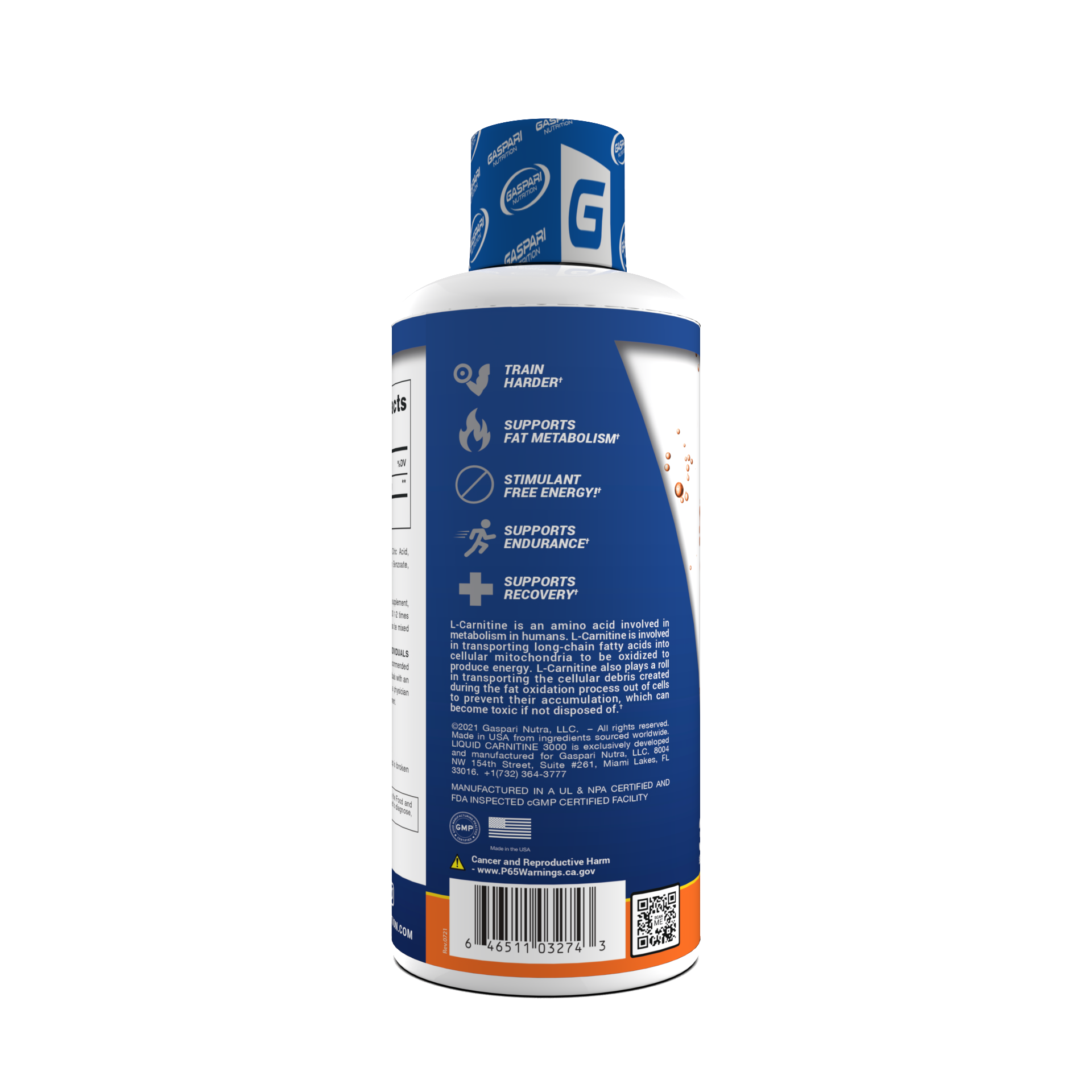

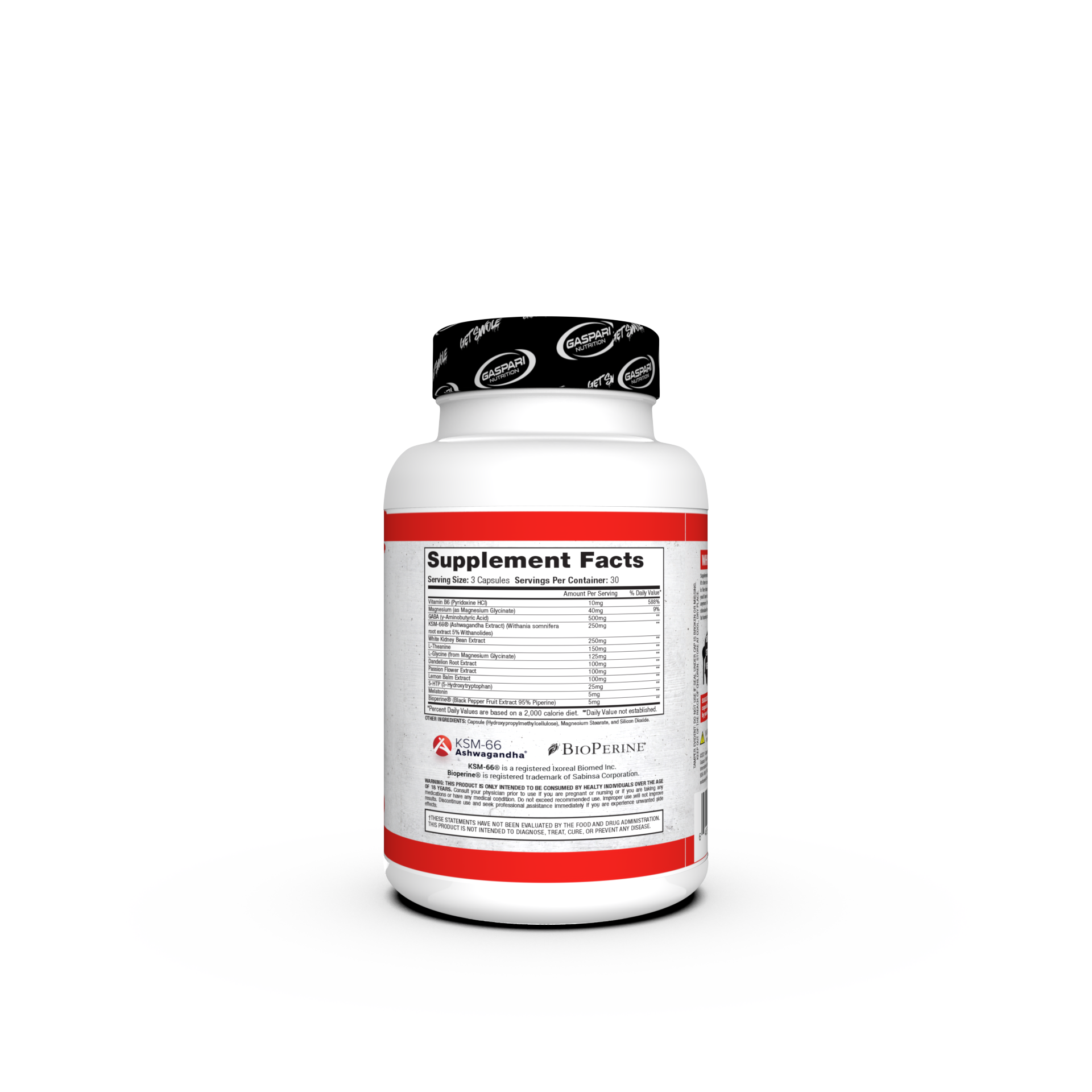
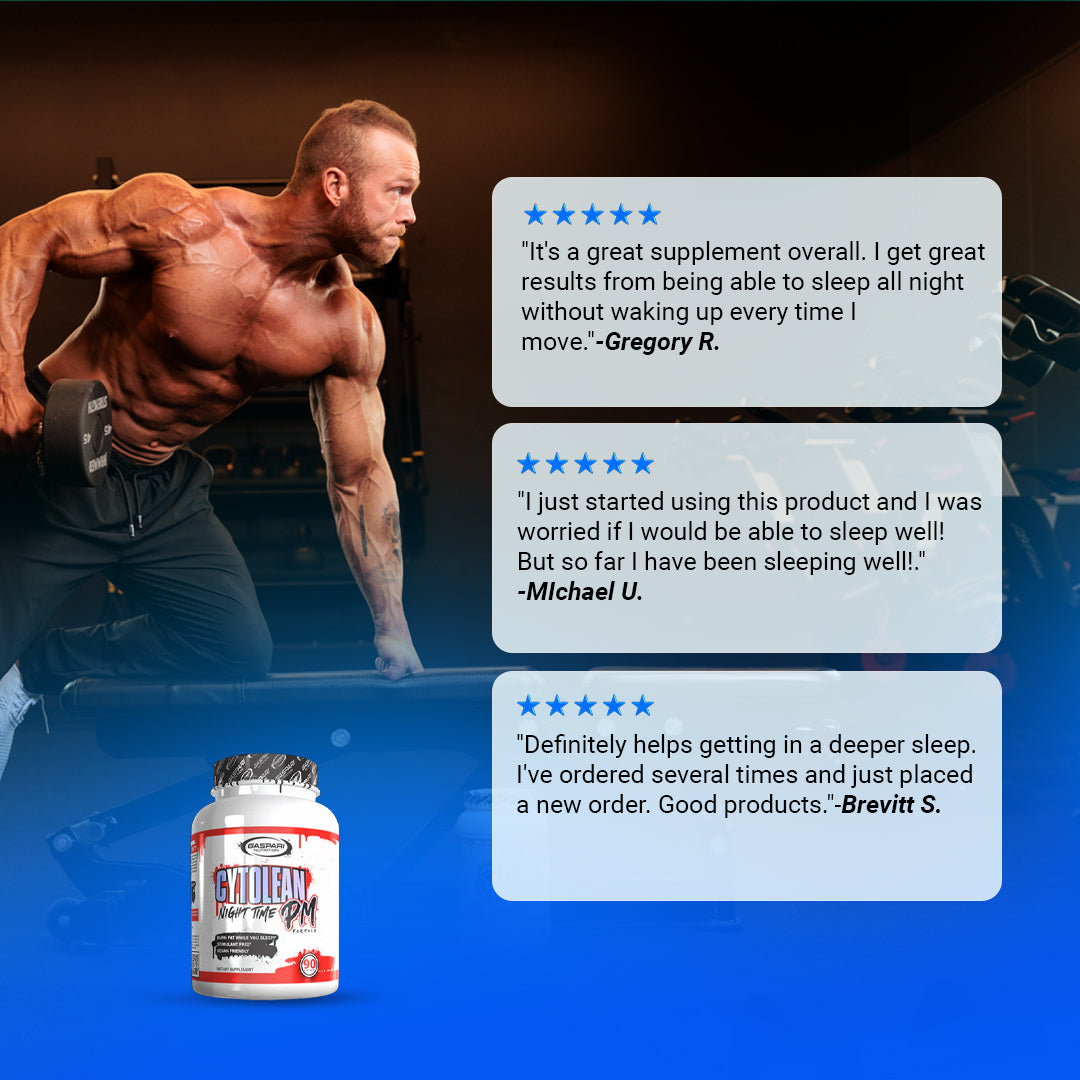

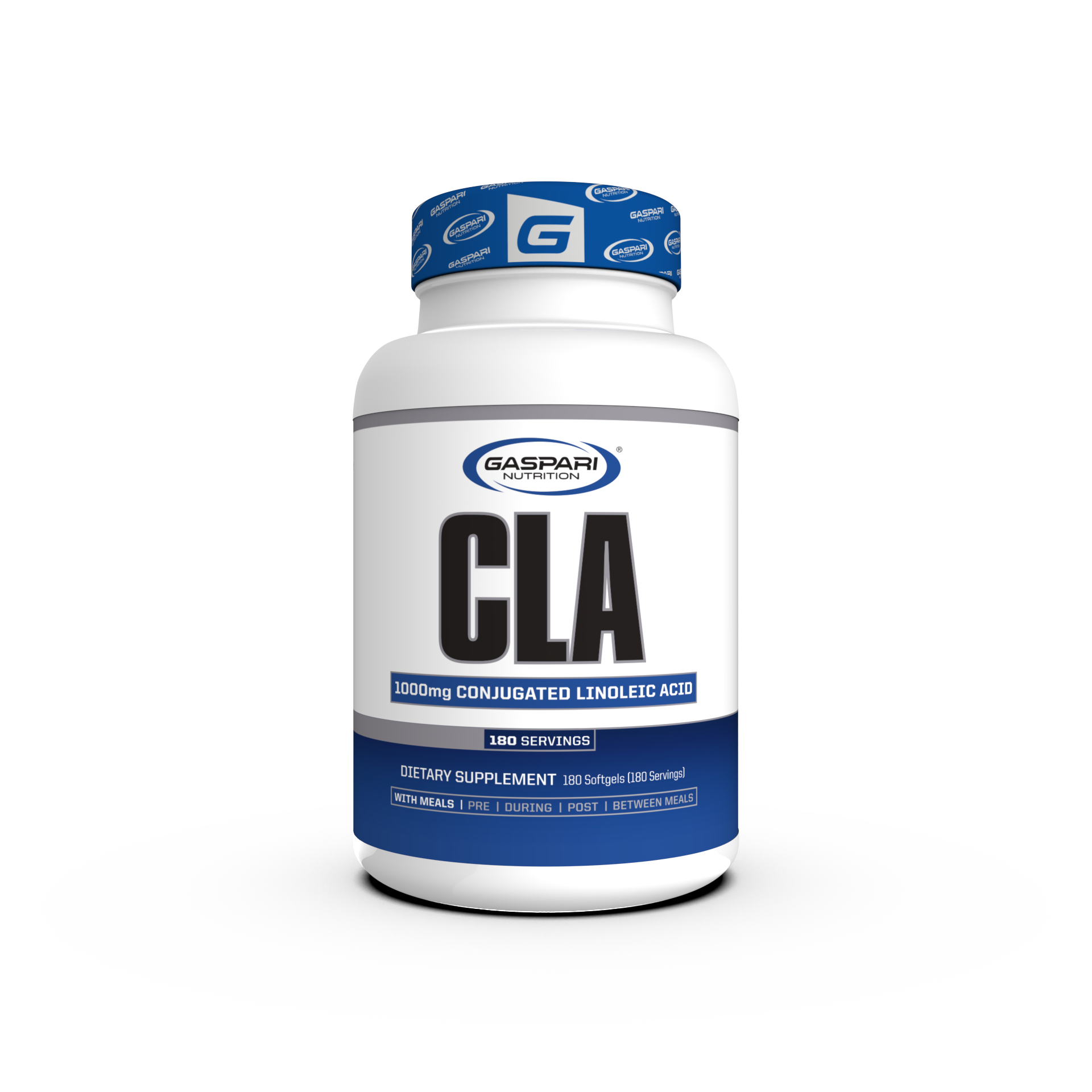

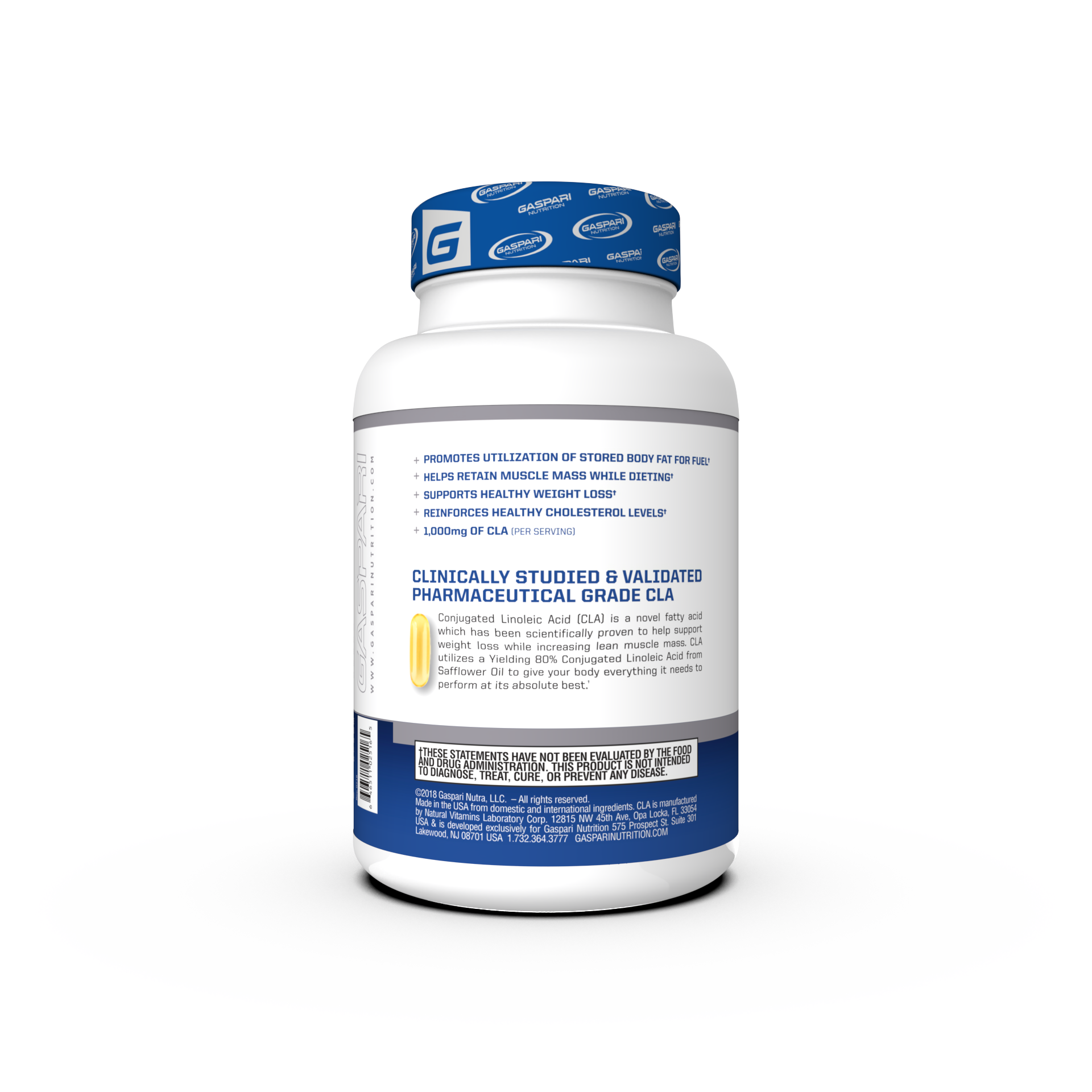



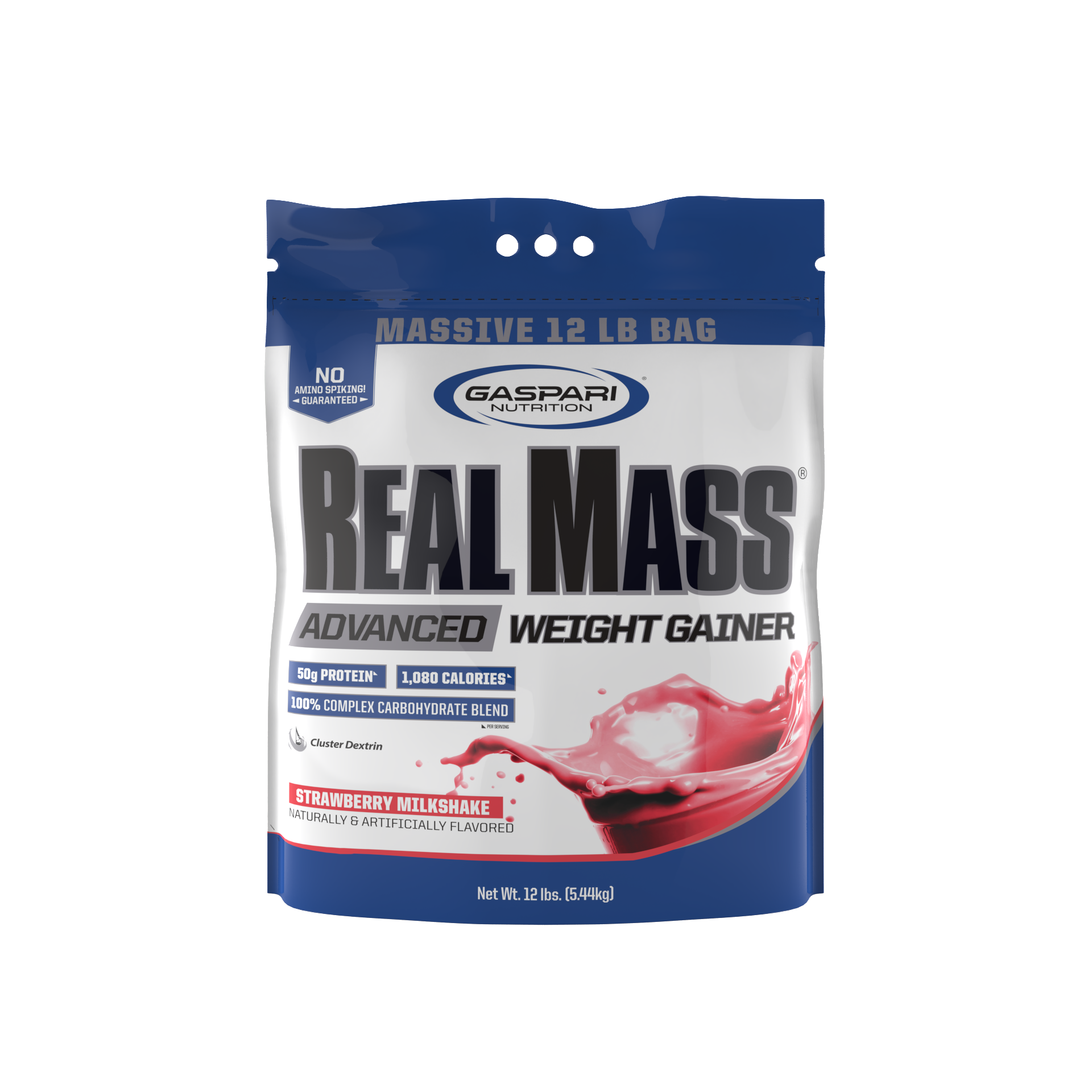

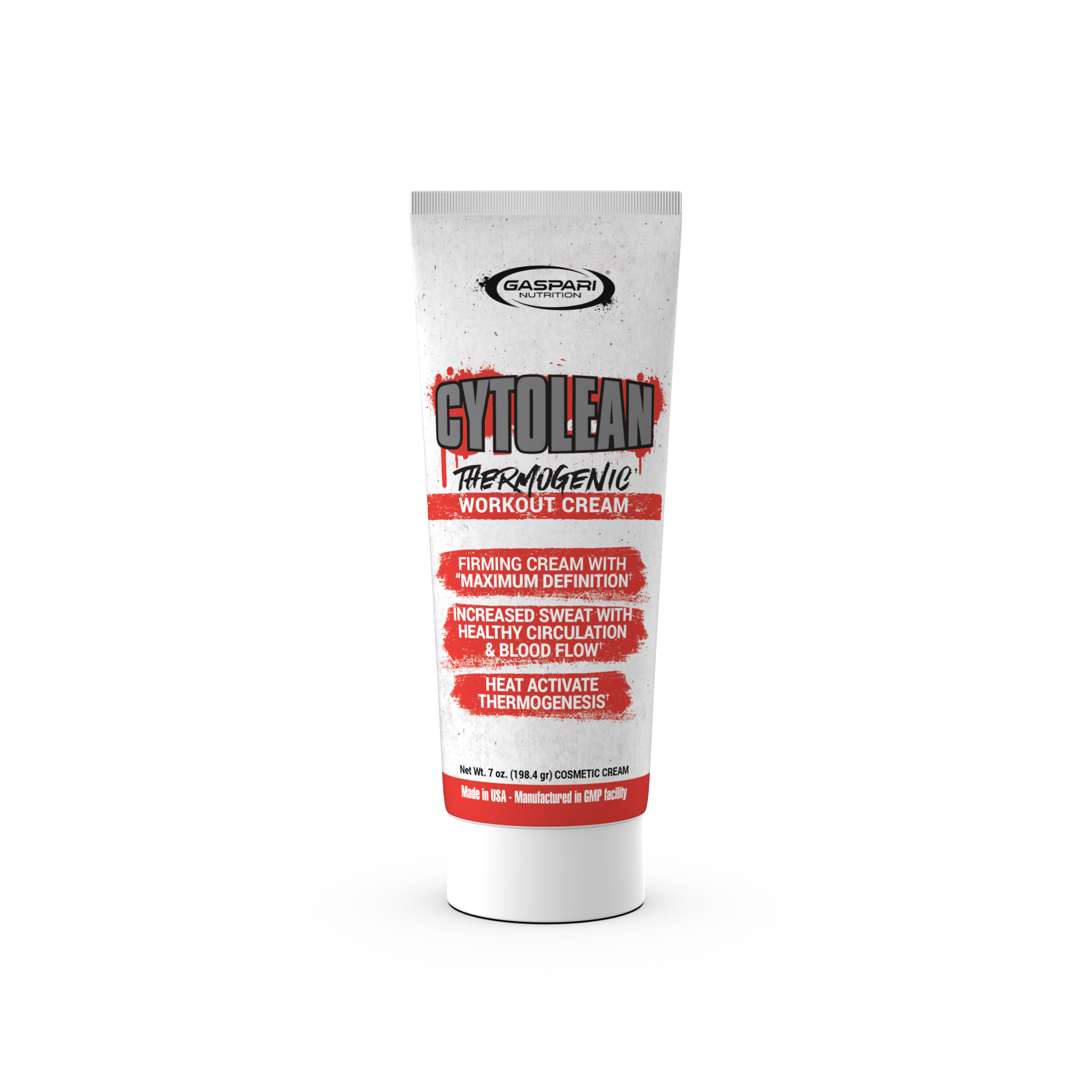

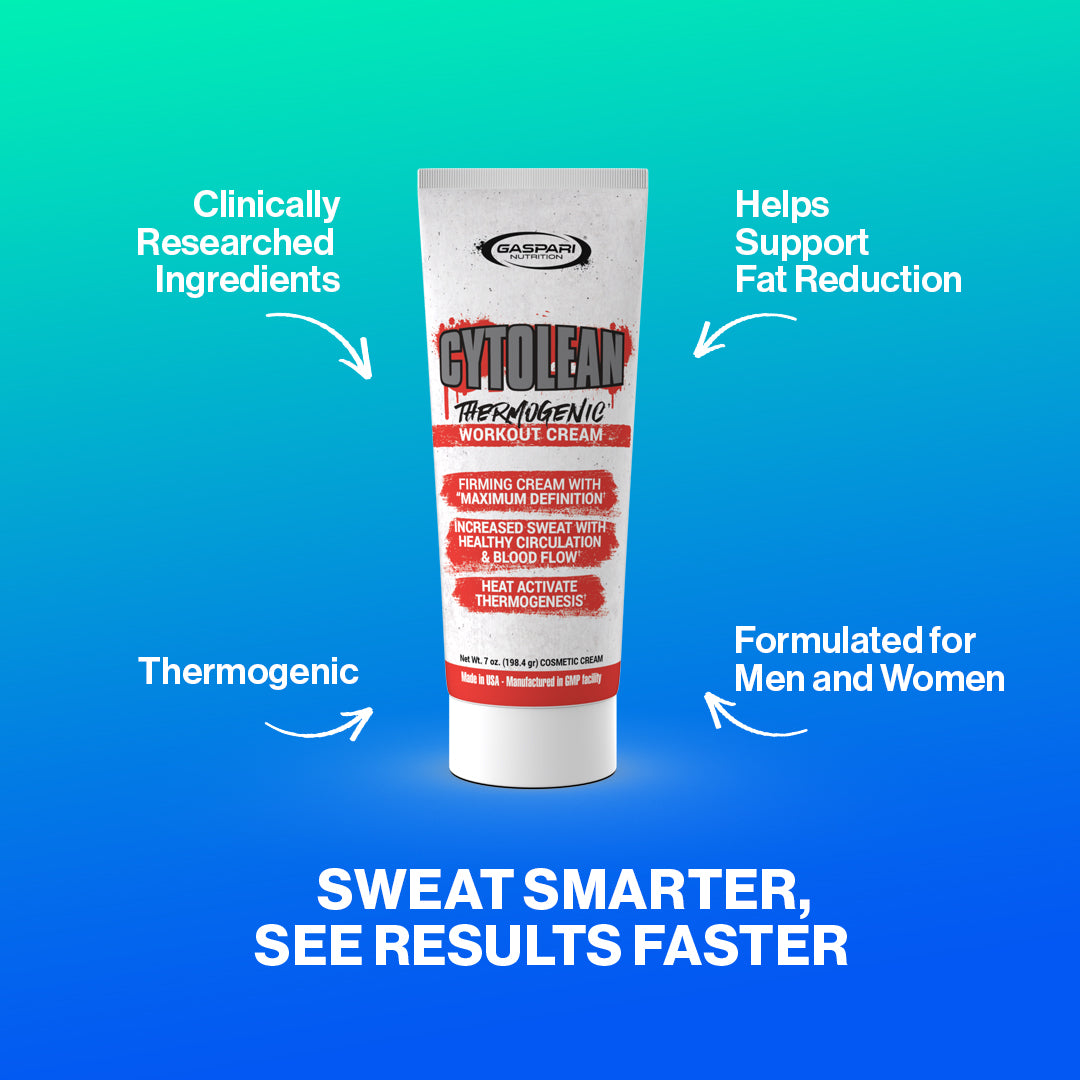
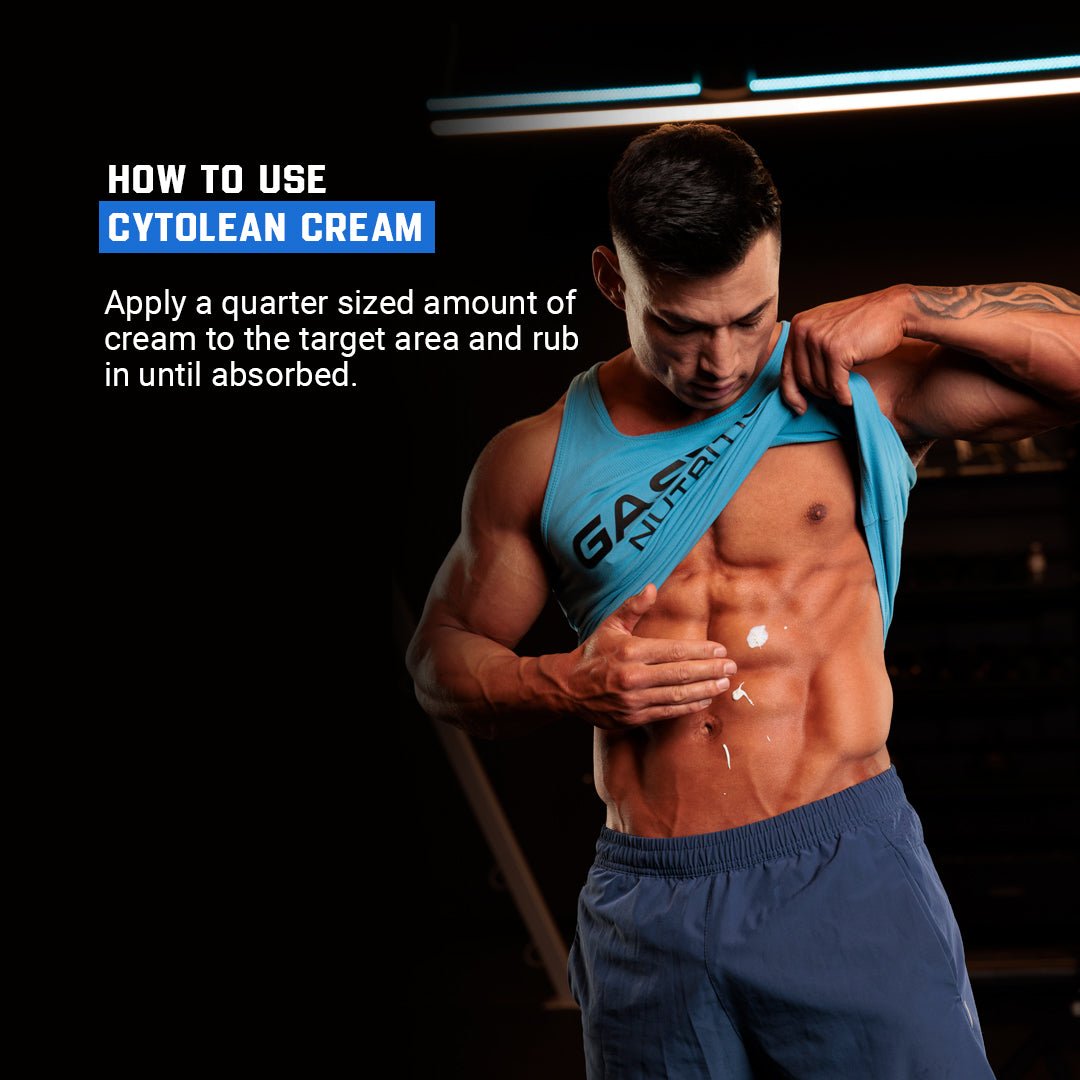



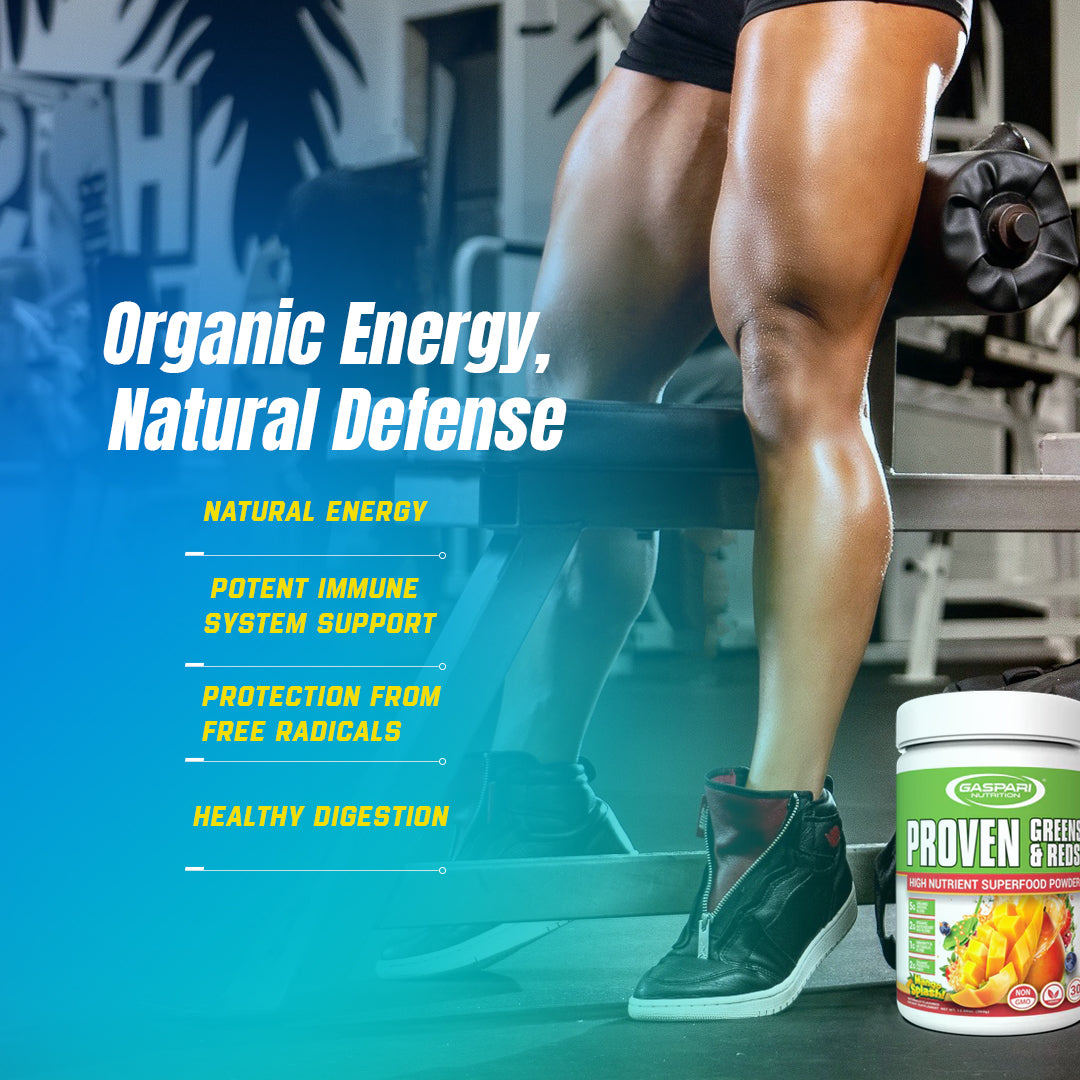

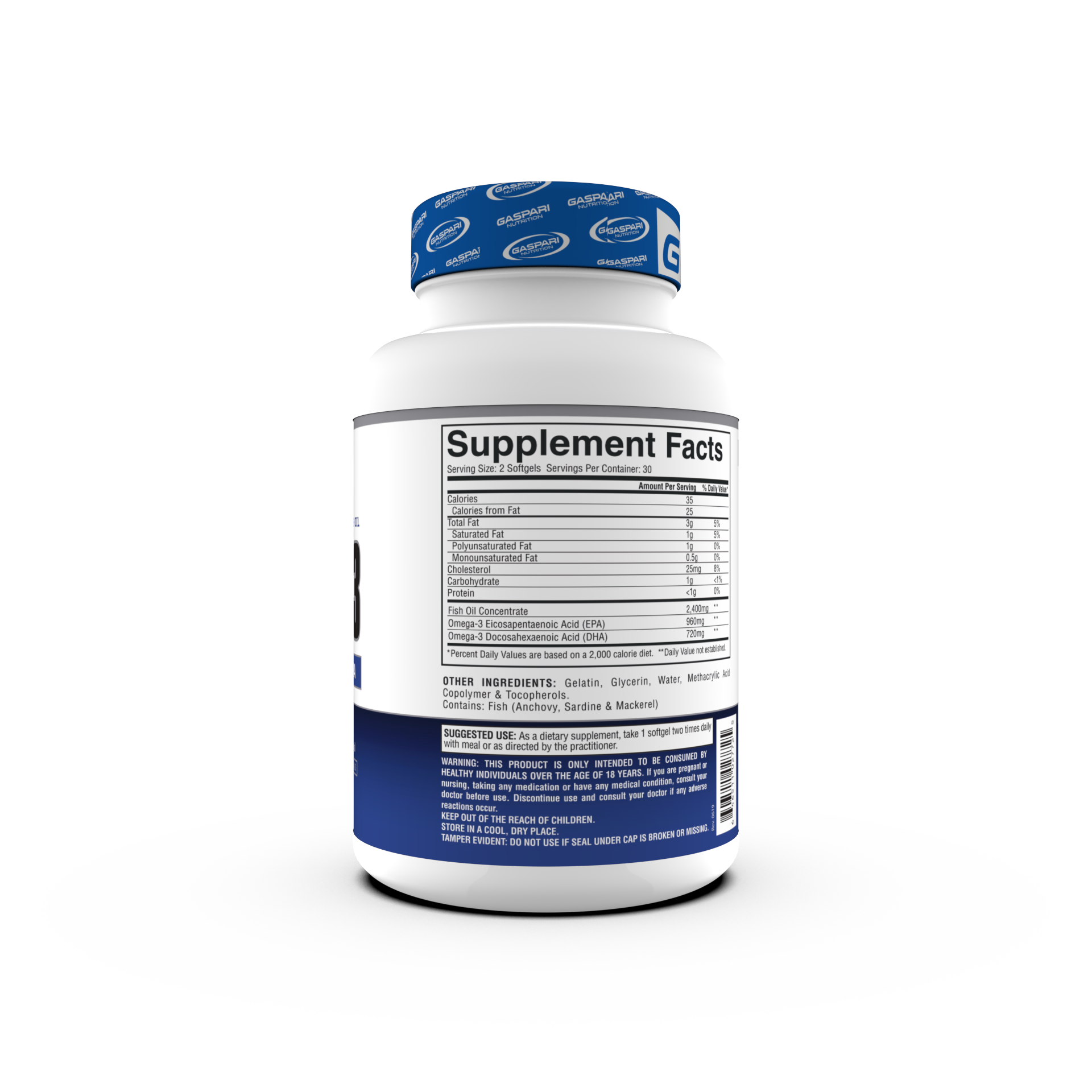
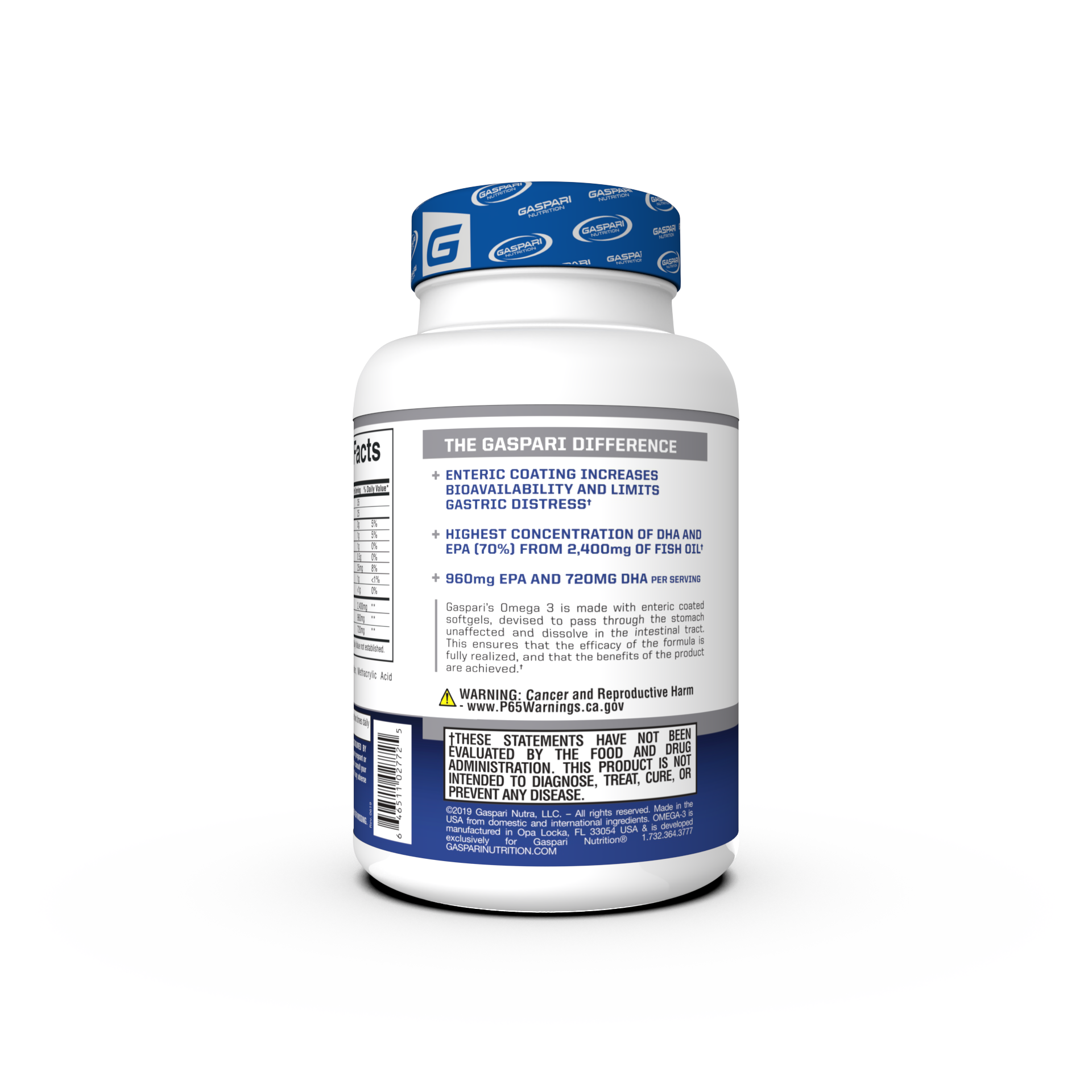









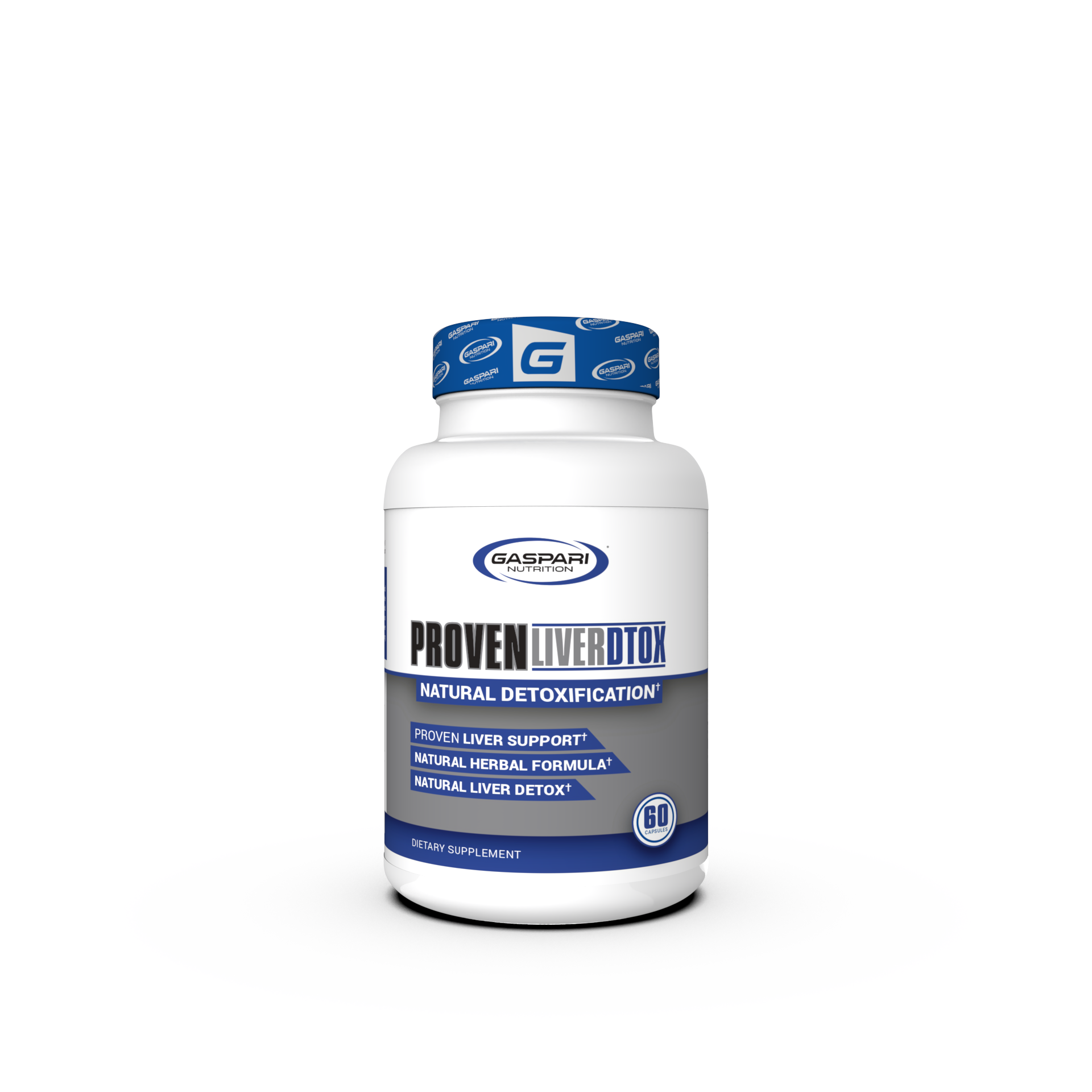

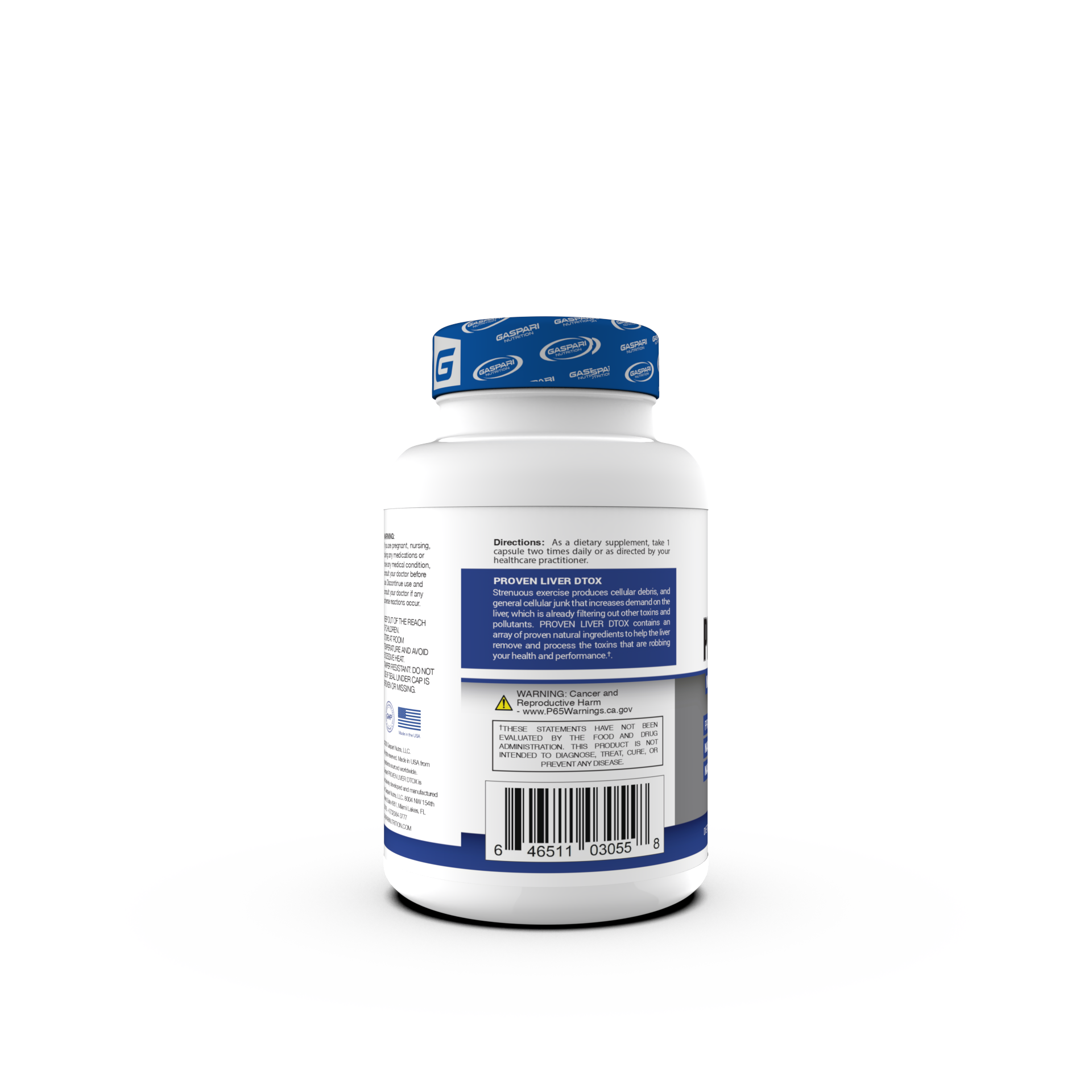

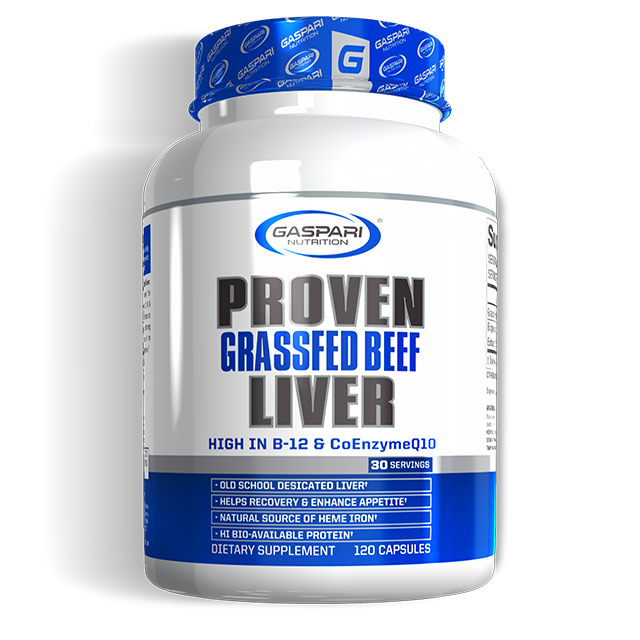





Share:
What Is Whey Protein Isolate?
What Is Maltodextrin?